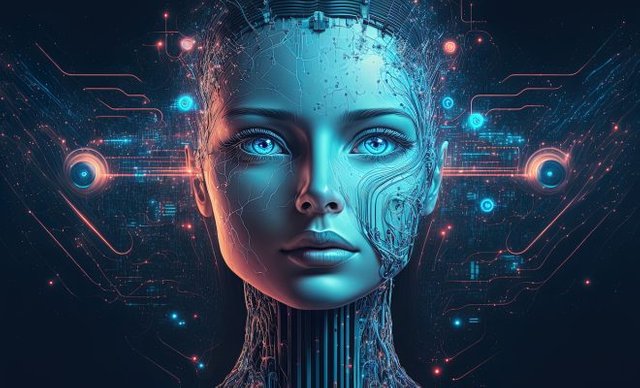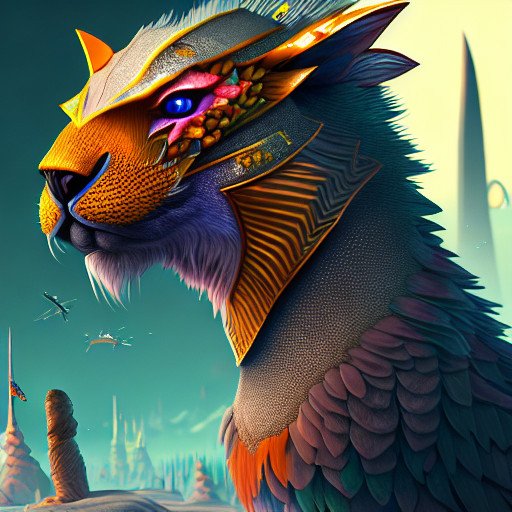
In the realm of art, where human imagination knows no bounds, a new era has dawned with the emergence of Artificial Intelligence (AI) as a creative force. This blog post explores the mesmerizing world of AI-generated art, where algorithms and pixels converge to produce astonishing masterpieces.
The Marriage of Technology and Creativity
Traditionally, art has been seen as a purely human endeavor, rooted in emotions, culture, and personal experiences. However, the integration of AI into the creative process has challenged these notions, demonstrating that machines can also possess a form of creativity.
AI art leverages deep learning algorithms, such as Generative Adversarial Networks (GANs) and Recurrent Neural Networks (RNNs), to create stunning visuals. These algorithms can analyze vast datasets of existing art, learning patterns and styles, and then generate entirely new compositions.
The AI Artist's Toolkit
Style Transfer: AI can take inspiration from famous artists and apply their distinctive styles to new creations. Imagine a Van Gogh-inspired landscape with swirling, starry skies, or a Picasso-esque portrait.
Generative Art: AI can autonomously generate art from scratch, producing unique and intricate designs that challenge traditional artistic boundaries.
Artistic Collaborations: Some artists are using AI as a collaborator, allowing the machine to suggest ideas, colors, and shapes, thereby enhancing their own creative process.
AI Art in Practice
One of the most famous examples of AI art is the "Portrait of Edmond de Belamy" by Obvious, which sold for over $432,000 at auction. This painting, created using a GAN, blurred the lines between human and machine artistry.
The Ethical and Philosophical Implications
As AI art gains prominence, it raises thought-provoking questions about authorship, authenticity, and the role of the artist. Is the AI the creator, or is it merely a tool in the hands of human artists? Who owns the rights to AI-generated art, and can it truly evoke the same emotional response as human-made art?

Unlocking the Potential of Email Marketing in 2023 https://medium.com/@omkarawate250/unlocking-the-potential-of-email-marketing-in-2023-90141668896a
The Future of AI Art
The future of AI art is promising. As AI algorithms continue to evolve, we can expect even more sophisticated and emotionally resonant creations. Additionally, AI tools will likely become more accessible to artists, democratizing the creative process and expanding the boundaries of art as we know it.
Conclusion
AI art is not a replacement for human creativity but a powerful tool that complements it. The fusion of AI and art is a testament to the ever-expanding horizons of human imagination. As technology advances, we can look forward to a future where AI and human artists collaborate, inspiring each other to push the boundaries of what is possible in the world of art.